Streamline preparation and auditing of ESEF reports with data analytics
As a listed business in EU-regulated markets, auditing and consulting companies endeavor to get a better understanding of the ESEF requirements and leverage the inline XBRL (iXBRL) format to prepare their consolidated annual financial reports – insights derived from ESEF data analytics can help them out in practical ways. Before diving into them let’s identify some common challenges ESEF preparers still face.
In brief, ESEF, the European Single Electronic Format, is the electronic reporting format in which issuers whose securities are admitted to trading on EU-regulated markets must prepare their annual financial reports to facilitate accessibility, analysis and comparability of annual financial reports.
In particular, from 1 January 2020, as per the ESEF mandate, listed companies in the EU must prepare their annual financial reports in an xHTML format. If the annual financial report contains the consolidated financial statements prepared in accordance with International Financial Reporting Standards (IFRS), it is required to include the relevant iXBRL elements according to the ESEF taxonomy.
Mandated by the European Securities and Markets Authority (ESMA), ESEF reporting provided the financial sector with a chance to shift from PDFs into the digital realm, thus automating data collection and enhancing the accuracy, transparency, and comparability of financial data.
Navigating ESEF reporting challenges with data analytics
At the same time, it brought a bunch of challenges and risks for issuers to watch out for when it comes to the preparation of reports. Among them are the correct understanding of ESEF Taxonomy and choosing the right iXBRL tags, conducting block tagging that became mandatory in 2022, anchoring the extension or custom elements, and others.
For example, following XBRL ESEF Taxonomy, preparers use the specified tags to mark up the financial statements. Alongside the predefined set of taxonomy elements, they are also required to use their own elements in any areas where their disclosures are not covered in the XBRL taxonomy published by ESMA, hence creating company-specific taxonomy. It causes the challenge of simultaneously managing several taxonomies while preparing or auditing ESEF reports.
However, the finance and accounts team, auditors, and software providers leveled up to most of these challenges helping issuers meet the ESEF compliance mandate.
Stepping up to these challenges, BR-AG offers an analytic, web-based service – ATOME Forces, designed to streamline the preparation and auditing process of XBRL reports, as well as corresponding taxonomies, by providing insights on the ESEF reports published by the listed companies.
Combined with Power BI (Business Intelligence) capabilities, the solution enables companies preparing or auditing ESEF reports to access meaningful analytical views and conduct comparisons of ESEF filers’ common practices.
View and compare ESEF filers’ common practices wisely.
Discover the most common mistakes identified when filing in ESEF before making them on your own.
ATOME Forces encapsulates advanced analytics capabilities to help you:
- Streamline the process of preparing/tagging the financial reports in XBRL and get a view of other ESEF filers’ common practices
- Discover the information that is generally challenging to be identified when previewing the ESEF reports using generally available solutions such as web-browsers

- Preview common practices in the following aspects: blocktagging explanatory notes, creating extensions, anchoring extensions to the IFRS core elements
- Analyse common errors and warnings identified in the ESEF reports
- Discover best practices through benchmarking and identify trends of the tagging approaches across time, country, and sector
- Run analytical queries, unwrap hidden insights from ESEF reports published, and evaluate the trends over time


Not sure where to start?
Speak to BR-AG tech experts to discover ways to start using intelligent analytics to uncover actionable insights from ESEF data or request a comprehensive demo of ATOME Forces.


